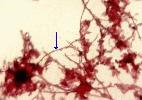 |
 Click here for info about "History of the Light Microscope - 1"...
Click here for info about "History of the Light Microscope - 1"...
 Click here for info about "History of the Light Microscope - 2"...
Click here for info about "History of the Light Microscope - 2"...
|
 |
 Click here for info about "History of the Light Microscope - 1"...
Click here for info about "History of the Light Microscope - 1"...
 Click here for info about "History of the Light Microscope - 2"...
Click here for info about "History of the Light Microscope - 2"...
|
 "Parts of The Microscope"...
"Parts of The Microscope"...

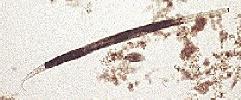

 Click here for "Photo Album of Activated Sludge Bacteria"...
Click here for "Photo Album of Activated Sludge Bacteria"...
 "Growth Curve"...
"Growth Curve"...

 Click here for info about "Bacterial Growth"...
Click here for info about "Bacterial Growth"...
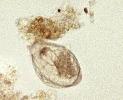



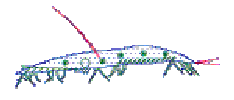
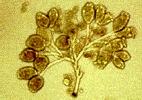
 "Relative Predominance of Microorganisms"...
"Relative Predominance of Microorganisms"...
 "Wanted Dead"...
"Wanted Dead"...
 "Wanted Alive"...
"Wanted Alive"...


